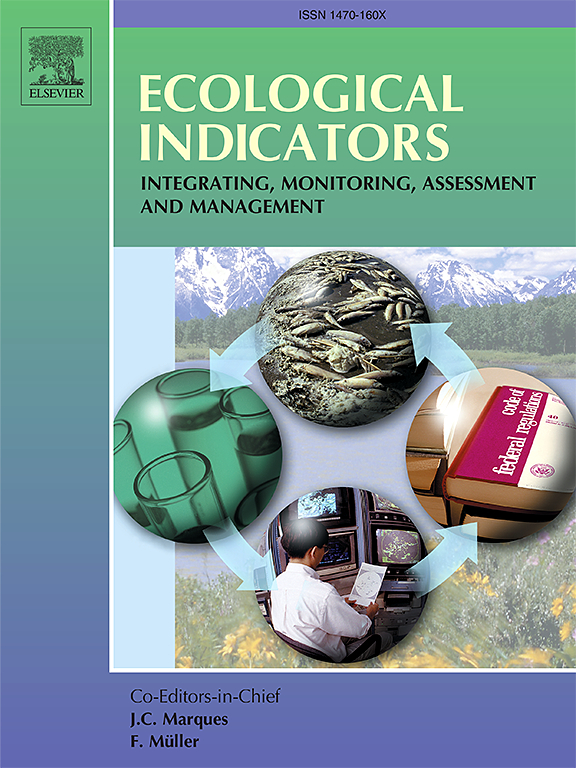An integrative conservation and management strategy based on biological and cultural diversity assessment: A case study of Miaoling mountainous region, China
IF 7
2区 环境科学与生态学
Q1 ENVIRONMENTAL SCIENCES
引用次数: 0
Abstract
The Miaoling mountainous region, a typical karst landscape in Southwest China, is rich in biological resources and possesses an indigenous cultural heritage. However, ecological degradation and the encroachment of external cultures present significant threats to these areas, creating dual challenges to their biological and cultural integrity. To effectively protect the bio-cultural features in the Miaoling region, this study proposes a strategy for establishing a conservation framework based on the evaluation of bio-cultural diversity for protection. First, the four indicators of biodiversity and five indicators of cultural diversity were used to assess the value of bio-cultural diversity. Next, the Zonation model was integrated to identify priority zones. Finally, using these priority zones, a ’source − corridor − network’ strategy was developed. The results have revealed that nearly half of the region exhibits a lack of coordination between bio-cultural diversity. The priority conservation zones for bio-cultural diversity, which cover a total area of 2,286.76 km2, are located within small watershed and agroforestry ecosystems, displaying a fragmented distribution. Also, the conservation network encompasses 29 primary corridors, 76 secondary corridors, and 25 nodes. Based on that, a multi-stakeholder adaptive management framework has been proposed, emphasizing policy and financial support, community participation, and collaboration to integrate ecological protection with sustainable development. This study highlights the potential of bio-cultural diversity assessments in identifying priority zones and guiding strategic conservation planning in the karst mountainous regions.

求助全文
约1分钟内获得全文
求助全文
来源期刊

Ecological Indicators
环境科学-环境科学
CiteScore
11.80
自引率
8.70%
发文量
1163
审稿时长
78 days
期刊介绍:
The ultimate aim of Ecological Indicators is to integrate the monitoring and assessment of ecological and environmental indicators with management practices. The journal provides a forum for the discussion of the applied scientific development and review of traditional indicator approaches as well as for theoretical, modelling and quantitative applications such as index development. Research into the following areas will be published.
• All aspects of ecological and environmental indicators and indices.
• New indicators, and new approaches and methods for indicator development, testing and use.
• Development and modelling of indices, e.g. application of indicator suites across multiple scales and resources.
• Analysis and research of resource, system- and scale-specific indicators.
• Methods for integration of social and other valuation metrics for the production of scientifically rigorous and politically-relevant assessments using indicator-based monitoring and assessment programs.
• How research indicators can be transformed into direct application for management purposes.
• Broader assessment objectives and methods, e.g. biodiversity, biological integrity, and sustainability, through the use of indicators.
• Resource-specific indicators such as landscape, agroecosystems, forests, wetlands, etc.
 求助内容:
求助内容: 应助结果提醒方式:
应助结果提醒方式:


